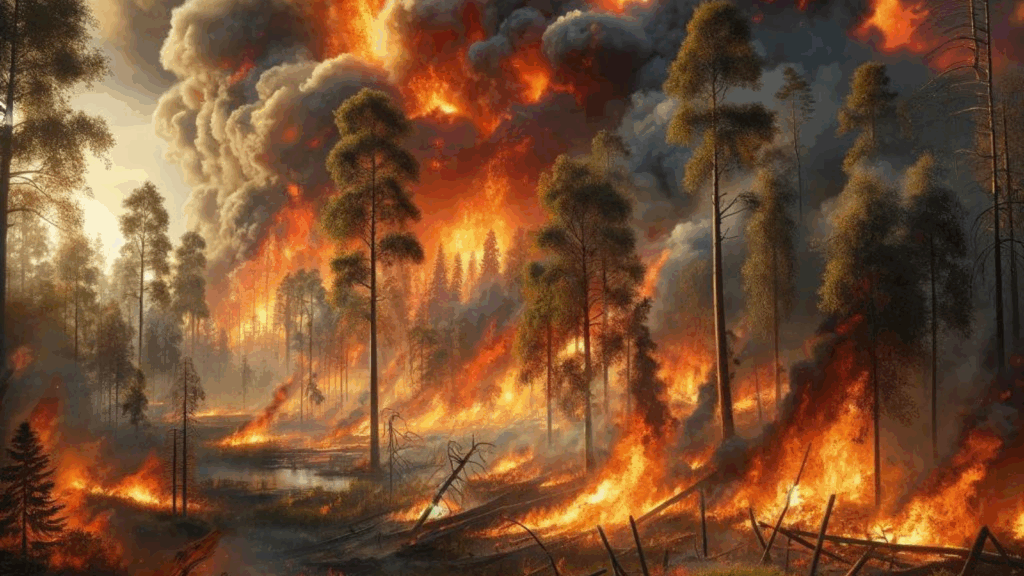The Palisades Fire of January 2025 serves as a stark reminder of how
devastating wildfires can be, not only in rural regions but also in densely
populated and resource-rich urban areas.
Igniting near the Pacific Palisades neighborhood of Los Angeles, the fire
rapidly burned through approximately 23,448 acres, destroyed more than
6,800 structures, and tragically claimed multiple lives. Fueled by dense, dry
vegetation and driven by Santa Ana winds, the blaze spread with alarming
speed. This tragedy underscores the urgent need for proactive wildfire
prevention in high-risk areas.
One of the most critical elements of wildfire risk is “fuel load”—the buildup
of combustible vegetation such as grasses, shrubs, and small trees. When
left unmanaged, these fuels dramatically increase wildfire intensity, making
fires more dangerous, more destructive, and harder to control.
Responsibly applied herbicides offer a science-backed solution for
managing excessive fuel loads. Herbicides can help eliminate invasive or
overgrown vegetation, reduce flammable biomass, and lower the likelihood
of catastrophic fire behavior. Compared to other methods, herbicide
application has distinct advantages:
- Cost-Effectiveness: Herbicides are often more affordable than mechanical
removal, particularly in rugged or remote areas. - Precision: Targeted application allows for the removal of unwanted
vegetation without harming desirable plant species. - Efficiency: Areas can be treated quickly, helping land managers stay
ahead of wildfire season.
Herbicides must be selected and applied carefully, taking into account
timing, weather conditions, and proximity to sensitive areas, such as
waterways. By adhering to the application guidelines and collaborating with
industry professionals, land managers can reduce environmental impacts
while enhancing fire prevention benefits.
The devastation caused by the Palisades Fire must serve as more than just
a warning—it must be a catalyst for action. Reducing fuel loads through the
responsible use of herbicides is a practical, effective, and science-based
strategy that should be integrated into broader land and fire management
plans.
Waiting for the next wildfire to strike is not an option. We possess the tools,
supported by science and research, and we have a responsibility to act
now.

Share
